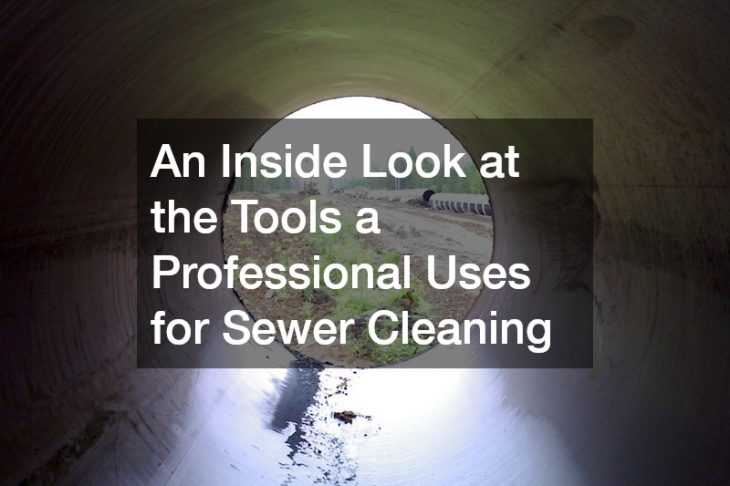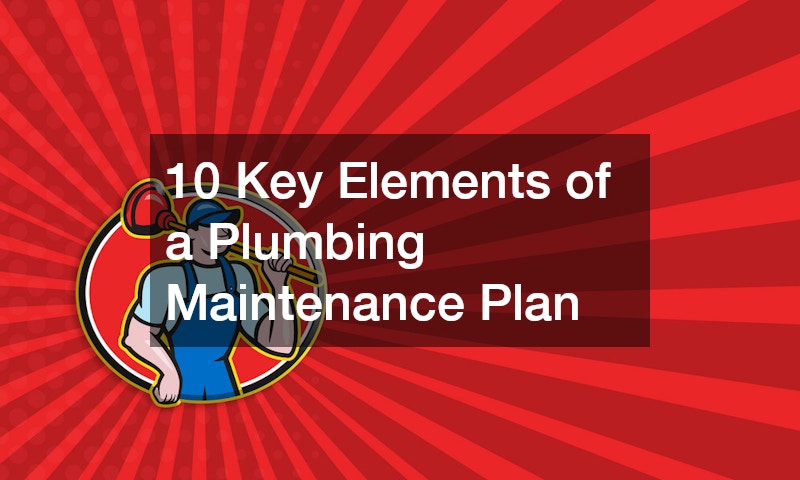
10 Key Elements of a Plumbing Maintenance Plan
Importance of a Healthy Plumbing System
A well-structured plumbing maintenance plan is essential for ensuring the long-term health and efficiency of a plumbing system. Regular maintenance can prevent costly repairs, protect the home from water damage, and extend the lifespan of plumbing components. Whether it’s monitoring water pressure or checking for leaks, a comprehensive plan ensures that each aspect of the plumbing system is functioning properly. Neglecting regular maintenance can lead to significant issues down the road, including water damage, pipe corrosion, and inefficiencies in water usage. By following key maintenance strategies, homeowners can safeguard their plumbing systems and reduce the likelihood of sudden failures or emergencies. A proactive approach to plumbing is crucial for maintaining comfort and peace of mind, especially as plumbing systems age.
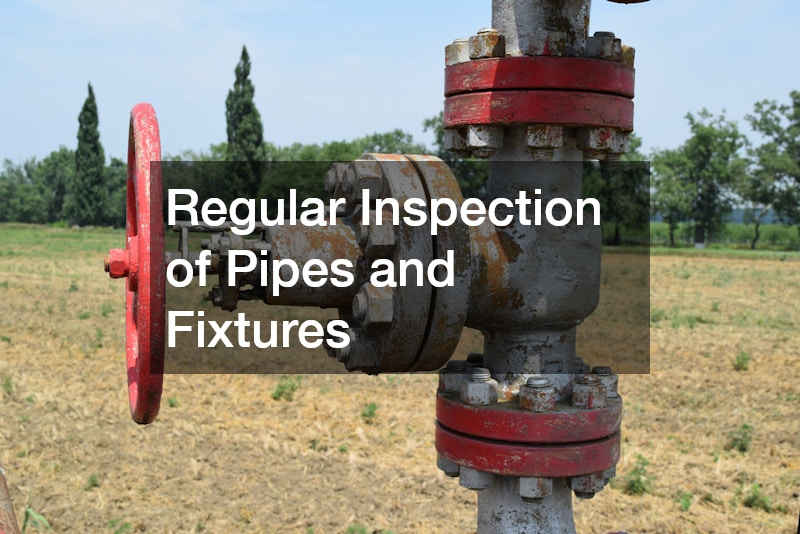
1. Regular Inspection of Pipes and Fixtures
One of the most important steps in any plumbing maintenance plan is conducting regular inspections of pipes and fixtures. This general practice helps to identify any early signs of wear, corrosion, or damage before they become larger problems. Pipes, particularly in older homes, are susceptible to corrosion and leaks, which can cause significant water damage over time. Inspecting fixtures like faucets, showerheads, and toilets is equally important, as even small leaks can lead to water waste and increased utility bills. Regular inspections are a proactive measure that keeps the plumbing system in check and helps maintain overall household efficiency.
In more specific terms, hiring a residential plumber to carry out these inspections can add an extra layer of professionalism to the process. Residential plumbers are trained to spot potential issues that a homeowner might miss, such as hidden leaks, rust buildup, or loose connections in hard-to-reach places. A licensed professional will also ensure that all repairs or maintenance align with local codes and regulations. This attention to detail is a vital part of any plumbing maintenance plan and can prevent more serious issues from developing.
2. Preventive Measures Against Pipe Corrosion
Another key element in a plumbing maintenance plan is implementing preventive measures against pipe corrosion. Corrosion is one of the leading causes of pipe failure, especially in older homes where the plumbing system may contain materials like galvanized steel. Corroded pipes can lead to leaks, restricted water flow, and contamination of the water supply. By taking steps to prevent corrosion, such as installing water softeners or using protective pipe coatings, homeowners can avoid expensive repairs and ensure the longevity of their plumbing system.
Incorporating plumbing services that specialize in corrosion prevention is an effective way to protect your home’s plumbing. These services can evaluate the type of pipes in your system and recommend specific treatments tailored to those materials. For instance, in areas with hard water, water softening treatments can be installed to reduce mineral buildup that leads to corrosion. By integrating these professional services into a plumbing maintenance plan, homeowners can safeguard their pipes from premature deterioration and maintain a reliable water supply for years to come.
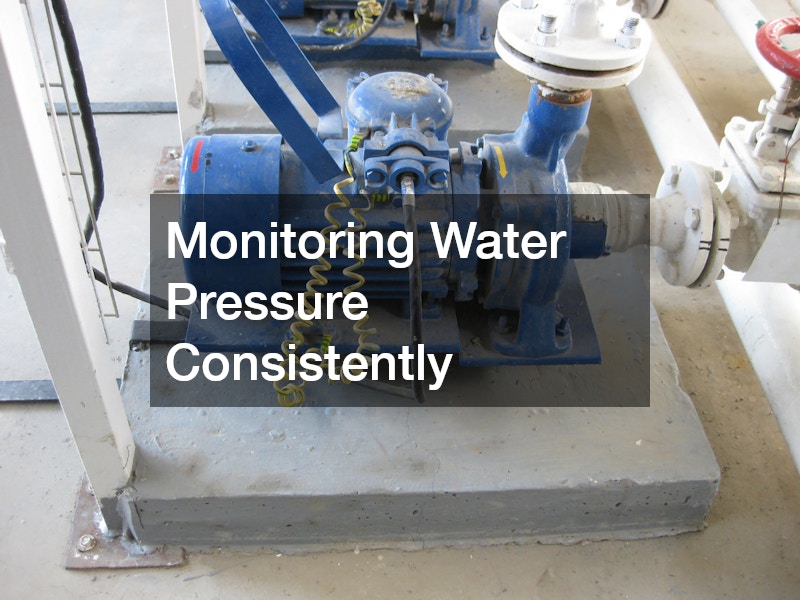
3. Monitoring Water Pressure Consistently
Maintaining consistent water pressure is an essential aspect of a plumbing maintenance plan. Proper water pressure ensures that the plumbing system operates smoothly without putting unnecessary strain on the pipes and fixtures. High water pressure can cause damage to pipes and connections over time, leading to leaks or even burst pipes. On the other hand, low water pressure could be a sign of a more significant problem, such as blockages or a failing water pump. Monitoring water pressure regularly helps to catch these issues early, preventing more serious damage and keeping the system efficient.
In more specific terms, a drain cleaning company can play a pivotal role in diagnosing water pressure issues that result from blockages in the system. If drains are clogged or partially blocked, it can negatively affect water flow and pressure throughout the home. Professional drain cleaning services ensure that blockages are cleared and pipes are free from buildup that could restrict water flow. Incorporating regular inspections from such services into a plumbing maintenance plan will help maintain optimal water pressure and prevent damage to the system in the long run.
4. Addressing Leaks and Drips Promptly
One of the most critical aspects of a plumbing maintenance plan is addressing leaks and drips as soon as they are detected. Even minor leaks or drips can lead to wasted water, increased utility bills, and long-term damage to your plumbing system. Left unchecked, leaks can cause structural damage to walls and floors, mold growth, and weakened pipes. Regularly checking for leaks, particularly in areas where they are most likely to occur, is essential in maintaining an efficient plumbing system and preventing costly repairs down the line.
More specifically, the water heater is an appliance that should be closely monitored for leaks. Water heaters are prone to developing small leaks as they age, especially around connections and fittings. A leak from the water heater not only wastes water but can also lead to significant water damage if left unaddressed. Including regular water heater checks in your plumbing maintenance plan is a proactive step in preventing both appliance failure and water-related damage. This focus on addressing leaks as part of routine maintenance ensures that the plumbing system remains in good condition.
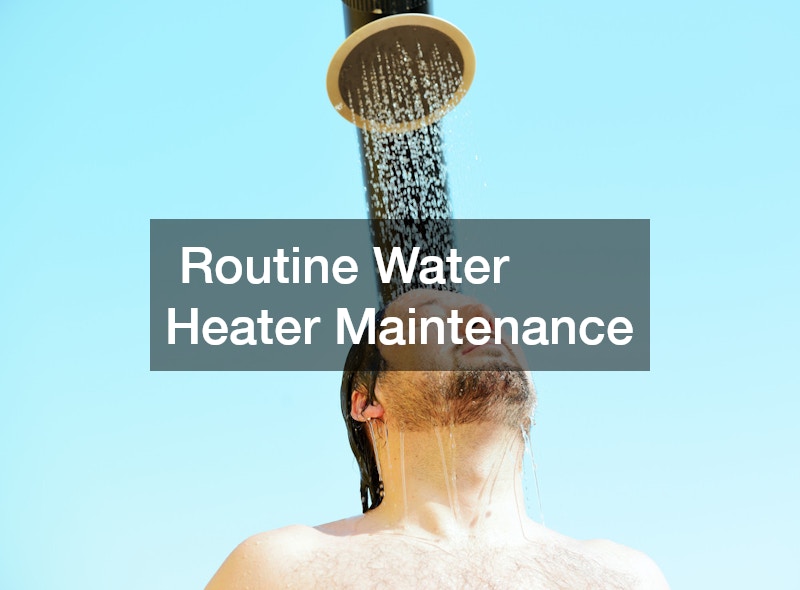
5. Routine Water Heater Maintenance
Routine water heater maintenance is a vital component of a well-rounded plumbing maintenance plan. Water heaters are responsible for delivering hot water throughout the home, and when they malfunction, it can lead to disruptions in daily routines. Regular maintenance, such as flushing the tank to remove sediment buildup or checking the thermostat for efficiency, can help extend the life of the water heater. Additionally, ensuring that safety features like the pressure relief valve are functioning properly is essential for preventing hazardous situations such as overheating or tank failure.
In more specific terms, sewer line repair professionals may be required if there are underlying issues with the plumbing system connected to the water heater. For instance, if blockages or damage in the sewer line cause drainage problems, it could put extra strain on the water heater’s performance. Working with professionals who specialize in both sewer line and water heater maintenance ensures that all components of the plumbing system are functioning harmoniously. Incorporating these services into a plumbing maintenance plan will help homeowners maintain a reliable and efficient hot water supply while preventing costly emergency repairs.
6. Ensuring Proper Drainage System Functionality
A critical part of any plumbing maintenance plan is ensuring the proper functionality of the drainage system. Drains are responsible for removing wastewater from the home, and any drainage issues can lead to backups, slow draining, and unpleasant odors. Over time, debris like grease, hair, and soap scum can accumulate in drains, causing blockages that hinder water flow. Routine checks and cleanings help maintain the efficiency of the drainage system, preventing costly repairs or potential water damage caused by backed-up drains.
Specifically, addressing drainage issues with a local propane tank service can also impact the overall health of a plumbing system. While propane tanks are typically associated with heating, their connection to home water systems should not be overlooked. A propane water heater, for example, relies on clear, unobstructed drainage to function efficiently. In cases where drainage issues arise near appliances that depend on propane, it’s important to have a plumbing maintenance plan that includes coordination between propane services and drainage inspections to ensure seamless operation.
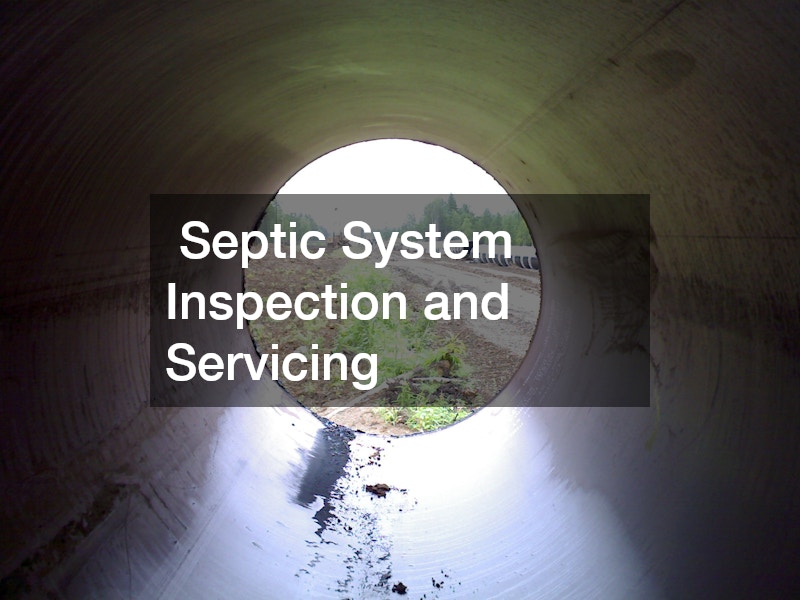
7. Septic System Inspection and Servicing
For homes with a septic system, regular inspection and servicing are crucial elements of a plumbing maintenance plan. Septic systems handle the treatment and disposal of wastewater, and neglecting their maintenance can lead to system failures, backups, and even environmental contamination. Regular inspections help ensure that the system is functioning as it should and that the septic tank isn’t nearing capacity. Servicing the septic system, such as pumping the tank when necessary, is essential in preventing clogs, leaks, and potential damage to the surrounding landscape.
More specifically, incorporating generator service into the plumbing maintenance plan ensures that the home’s septic system continues to function during power outages. Many septic systems rely on electricity for pumps and alarms that monitor system performance. A backup generator provides peace of mind by ensuring these critical components keep running, even in the event of a power outage. This integration of generator service into septic system care offers comprehensive protection, keeping both the plumbing and electrical systems functioning smoothly during emergencies.
8. Checking for Signs of Mold and Water Damage
Incorporating regular checks for mold and water damage into a plumbing maintenance plan is crucial for protecting both the home’s structure and the health of its occupants. Water leaks, condensation, or improper drainage can create the ideal environment for mold growth, which can cause respiratory issues and other health problems. Mold thrives in hidden places, like behind walls or under floors, where unnoticed leaks may have occurred. Regularly checking for signs of mold, as well as water stains or warped surfaces, helps identify and address these issues before they worsen.
A more specific approach to detecting and managing mold growth involves working with a residential HVAC installation professional. An HVAC system plays a critical role in regulating moisture levels within the home, and if the system is improperly installed or maintained, it could contribute to higher humidity levels that encourage mold growth. Including HVAC system inspections in a plumbing maintenance plan helps ensure that moisture levels are controlled, reducing the risk of mold and water damage. This integration protects the home’s structural integrity while promoting a healthy living environment.
9. Backflow Prevention System Assessment
A plumbing maintenance plan should include regular assessments of the backflow prevention system to ensure water quality and safety. Backflow occurs when contaminated water flows in the reverse direction, entering the clean water supply due to pressure imbalances in the system. Backflow can be caused by a variety of factors, including water main breaks or high demand in the local water supply. Having a properly functioning backflow prevention device is essential for keeping harmful substances out of your drinking water. Routine inspections of this system can prevent contamination and protect the health of your household.
Specifically, enlisting the expertise of electricians can be beneficial when the backflow prevention system is linked to electronic components, such as automatic sensors or pumps. In some advanced plumbing systems, electronic controls are used to regulate water flow and pressure. Ensuring these components are functioning correctly and are properly wired by a professional electrician is vital for maintaining the integrity of the backflow prevention system. Including this in the plumbing maintenance plan guarantees that both mechanical and electrical components work together seamlessly to protect your water supply.
10. Maintaining Clean and Clear Sewer Lines
Maintaining clean and clear sewer lines is an essential part of any plumbing maintenance plan. Over time, tree roots, grease buildup, and debris can clog sewer lines, leading to slow drains, backups, or even sewage spills. Regular sewer line inspections and cleanings are crucial for ensuring that waste is being removed from the home efficiently. Ignoring this aspect of plumbing maintenance can result in costly repairs, unpleasant odors, and potential health hazards from sewage exposure. Keeping sewer lines clear helps preserve the overall health of your plumbing system.
More specifically, water service professionals can assist in maintaining these lines by offering thorough inspections using specialized equipment, such as cameras that can identify blockages deep within the system. When combined with preventive cleaning methods like hydro-jetting, this service ensures that your sewer lines remain free of obstructions, minimizing the risk of future issues. Including this level of professional care in your plumbing maintenance plan adds an extra layer of protection and keeps the system running smoothly, avoiding major disruptions to daily life.
Keeping the Septic System Intact
Creating and adhering to a comprehensive plumbing maintenance plan is a critical step in preserving the efficiency, safety, and longevity of your home’s plumbing system. Regular inspections, preventive measures, and the timely addressing of any issues will prevent costly damage and extend the lifespan of various plumbing components. From ensuring proper water pressure and addressing leaks promptly to maintaining clean sewer lines and checking for backflow, each element of the plan plays a vital role in keeping your plumbing system functioning at its best.

